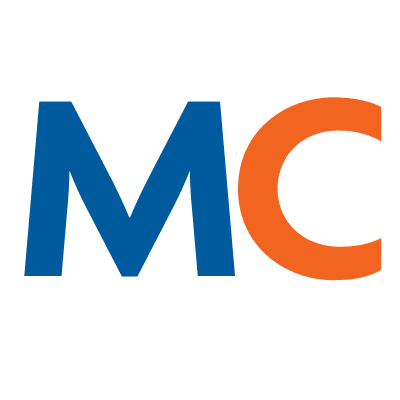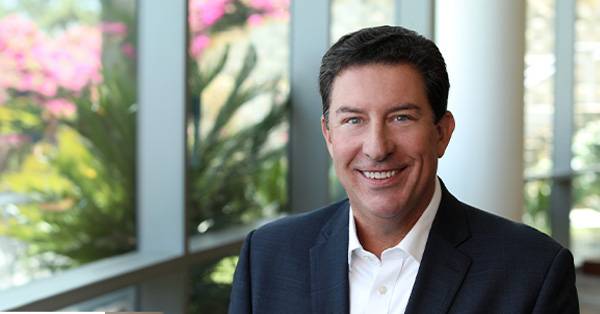- Solutions
- Solutions
- Home Health
- Hospice
- Life Plan Community
- Palliative Care
- Private Duty
- Senior Living
- Skilled Nursing
- Skilled Nursing
- Skilled Nursing Software
- Advanced Insights
- Customer relationship management
- Data and analytics
- Financial & operations management
- Marketing
- Nutrition management
- Referral management
- Regulatory compliance
- Retail management
- Resident engagement
- Revenue cycle management
- Skilled nursing interoperability
- Partners
- Blogs
- Resources
- About
- User Conference

What to consider during an EHR transformation
While speaking with a prospective customer the other day, they asked me to draw from my past experience of managing implementations and tell them, “What 3-4 things should we consider when taking on a EHR transformation project?” Besides the obvious guidance of establishing a timeline and selecting the correct partner, I said the following:
- Resources: Look at the team you have in place now to determine who’s on board and who is on the fence. Identify who will be your “go-to” people for day-to-day activities? Who has project management skills? Who has some bandwidth? Resources will be so critical for the success of the project. Who has been part of a complex project or led a project? Unfortunately, there are few resources that have led a EHR transformation. What skill sets are a must?
- Budget: Establish a budget, understand what your costs are, sit down and truly understand how much you must manage. Going back to the well and asking for more money because of slippage, misunderstandings etc., is not a fun conversation. Take the time to sit down and discuss the implementation with your prospective vendors prior to inking the contract so you fully understand how much it will take for the project to be accomplished.
- Governance: You will want to have the right steering committee in place to support this project—both during the project and after the project is complete. Establish clear responsibilities for ongoing ownership of the system and its adoption/use. Identify who, when, how, and to what extent you will be monitoring the system to ensure optimal use and the maximum return on your investment, both during implementation and for the many years to come.
- Organizational Change Management: I could spend a lot of time here as this is one of the places most implementations falter. I cannot emphasize enough the importance of this. Organizational readiness, communications (both speaking and listening), process workflows, interfaces, roles–you name it–it must be considered. The pure socialization of the project alone, depending on the organization, can be a daunting task. A detailed communication plan identifying all stakeholders, crafting the “why” for each stakeholder group, and laying out the plan for discussion with each of the groups to gain buy-in is an absolute must if you would like to have your company, peers, and leadership consider your project as a success. Identify who are the supporters/fans and who are going to challenge things and become obstacles throughout. Challengers and fans will exist at all levels of your organization, so you will need to manage up as well as down.
Finally, I know I said this was obvious, but choose the right partner. This is such an important item. Too many times, I see very large organizations purchase the shiny new solution that looks like the answer to their dreams. But when there are issues with the integration or the project, the solution provider or partner is not willing to roll up their sleeves and take ownership and responsibility to do the right thing. Rather than spending time on a lengthy RFP, it may make more sense to spend quality time on references and with the teams that implement and service the solution. Proven experience weighs heavily here.
Think about this for a minute: What are your top priorities or objectives when looking at purchasing and implementing a EHR system? What are the pain points that you are trying to solve? Because when you are standing there reviewing the ROI 6-12 months after the project is done, your senior executives are going to want to see data to support the project’s success. So, it’s important to understand what you need to measure.
It may be best to take a step back and revisit the holistic strategy. Perhaps instead of deploying a full EHR system all at once, ask yourself what your organization needs most urgently…what are its priorities? Maybe the most pressing need is a marketing tool or dietary management. For example, improving dietary management to lead to better outcomes is a growing priority for some organizations. Deploy what is going to have the most beneficial impact for your organization and will prove to be a competitive advantage for you in the marketplace. Gaining a “quick win” can help in build enthusiasm and buy-in for the full EHR implementation.
Lastly, as with any successful project, make sure you take time to celebrate your accomplishments not just after, but also during the implementation. This is a good way to increase morale and focus on the outcomes when all of the work is hitting your folks. Celebration is an essential element of any winning organization, so always make the time to recognize a job well done.
Request a demo today for a closer look at MatrixCare.
See what MatrixCare can do for you
Tom Charpentier
Tom Charpentier, Director of Enterprise Deployments, leads our Enterprise multi-level and cross-functional implementation delivery team. He has been successfully leading complex SaaS software deployments for more than 12 years. Charpentier holds a Six Sigma certification, Project Management Professional (PMP) certification from the Project Management Institute (PMI) and a BA from the College of St. Scholastica.
Related Posts


See MatrixCare in action
Start by having a call with one of our experts to see our platform in action.
MatrixCare offers industry-leading software solutions. Thousands of facility-based and home-based care organizations trust us to help them improve efficiency and provide exceptional care.
© 2025 MatrixCare is a registered trademark of MatrixCare. All rights reserved.





